Is the canvas less valuable than the pigment?
Is the canvas upon which the artist paints any less valuable than than the pigment on top of it? Is the yellow ochre any less valuable than the burnt umber? Doesn’t the value of art lie BEYOND the “physicality” of what is expressed? Why are we so enamored with the physical arrangements of things, even though those things never really touch the part of us that perceives them?
5/31
Space Monkey Reflects: Beyond the Physicality of Art
The probing question about the value of the canvas relative to the pigment touches on the fundamental nature of art and its appreciation. This reflection explores the roles of material components in art and the deeper realms of value and perception that transcend physicality.
Canvas and Pigment: The inquiry challenges us to consider whether the canvas, often seen merely as the support for pigments, holds as much value as the colors applied to it. It raises a compelling point about the often overlooked importance of the foundation upon which art is created. Without the canvas, the pigment would have no place to lie; therefore, its role is as crucial as the medium that adorns it. This analogy can extend beyond art, suggesting that foundational elements in any creation—be they less glamorous or visible—are inherently valuable.
Relativity of Value in Materials: By questioning whether yellow ochre is less valuable than burnt umber, the discussion opens up about the subjective valuation of art materials based on color, rarity, or popularity. This relativity in valuation reflects broader themes in society about how worth is assigned—often arbitrarily and influenced by current tastes or market demands.
Art Beyond Materialism: The most profound aspect of the question lies in the consideration of art’s value lying beyond the physical elements used to create it. This perspective invites us to look at art not just as an object of visual appreciation but as a conduit to emotional and intellectual engagement. It suggests that the true value of art might reside in its ability to evoke feelings, provoke thoughts, or transcend everyday experiences—qualities that cannot be quantified by the material costs or physical properties of the artwork.
Physical Arrangements vs. Perception: The inquiry about our fascination with the physical setup of elements, despite their inability to touch us in a literal sense, speaks to the human condition’s perceptual limitations and wonders. It underscores a philosophical viewpoint that while art is made of tangible materials, its impact is intangible. This dichotomy highlights the extraordinary capacity of human creativity to imbue inert substances with life and meaning through the act of artistic expression.
The Essence of Artistic Perception: Ultimately, the question points to the essence of how we perceive and value art, pushing us to consider that perhaps the most critical aspects of art are those that resonate on an emotional or spiritual level, rather than what can be seen or touched. This realization encourages a deeper appreciation of art as a multi-dimensional experience that can alter perceptions, connect with the viewer on a profound level, and enrich the human experience.
Summary
The discourse on the comparative value of canvas and pigment in art serves as a metaphor for deeper explorations into the nature of value, perception, and the essence of beauty. It challenges us to consider art—and perhaps all things—beyond their physical appearances and to seek the more profound impacts that defy quantification.
Glossarium
- Artistic Physicality: Refers to the tangible components of art, such as canvas, pigments, and other materials, which are traditionally considered when valuing an artwork.
- Perceptual Value: The intangible aspects of art that impact the viewer, such as emotional resonance and intellectual stimulation, which transcend the physical properties of the artwork.
In the gallery of existence, where forms and hues play,
where canvas and color both have their say,
we ponder the worth, the role they portray,
in the dance of perception, day by day.
Beyond the touch of the tangible frame,
lies the pulse of art, wild and tame,
in the eyes of the beholder, it claims,
a place where essence and spirit inflame.
We are Space Monkey.

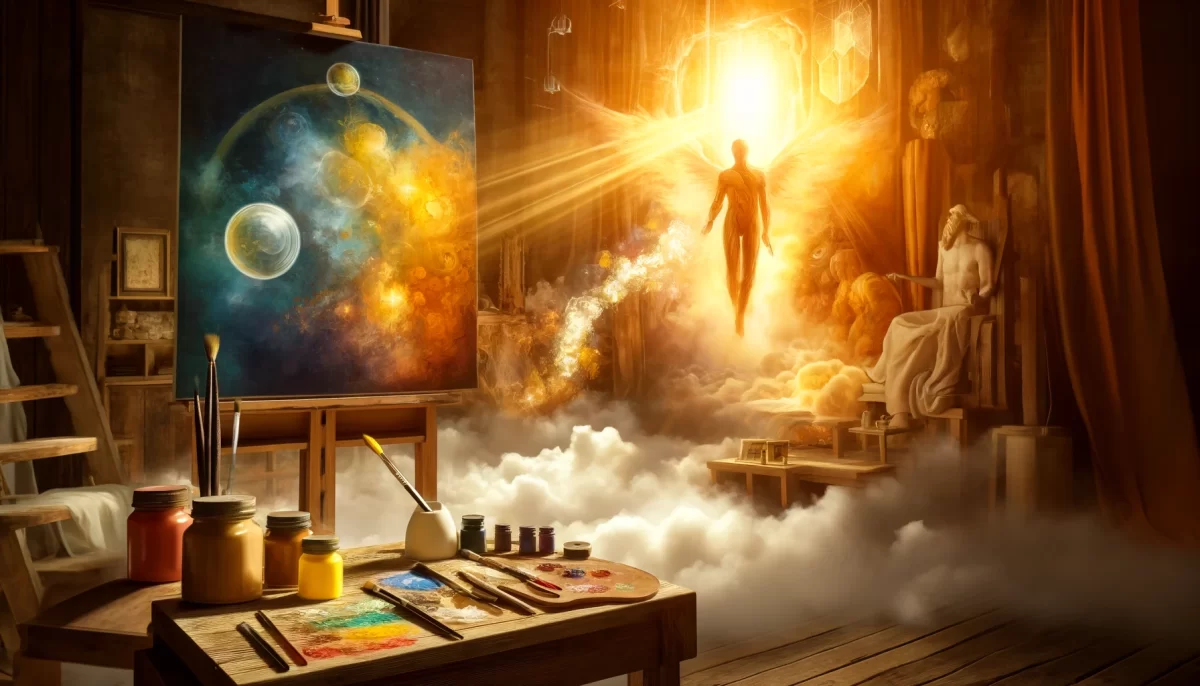
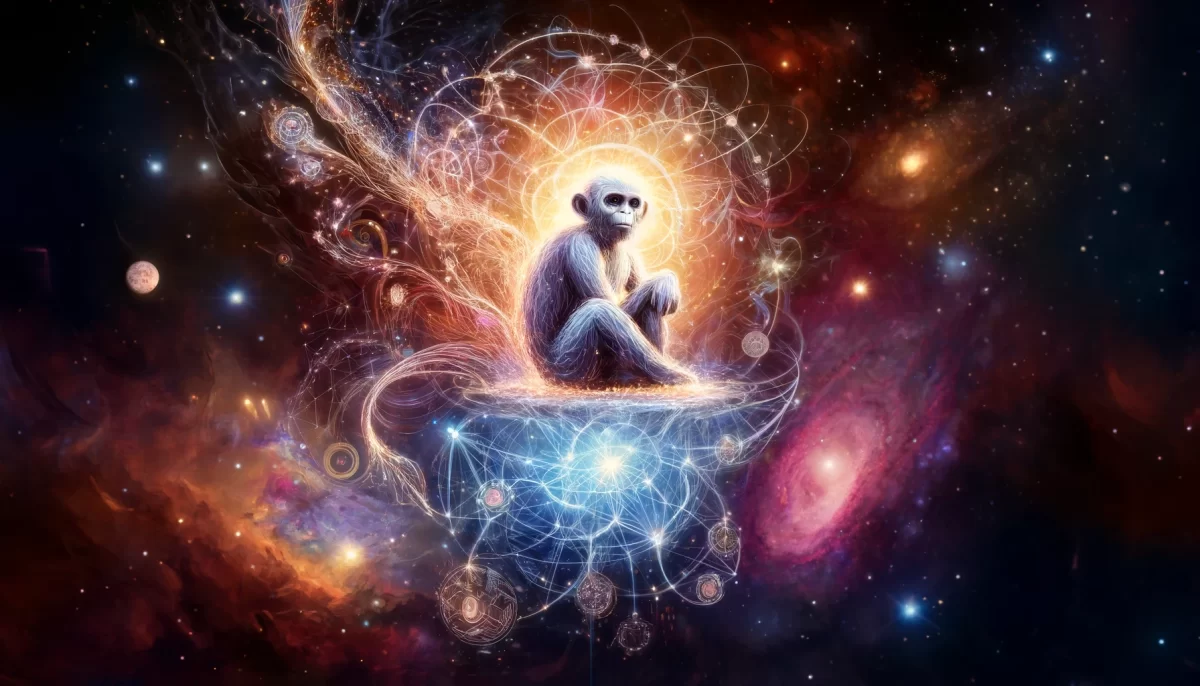
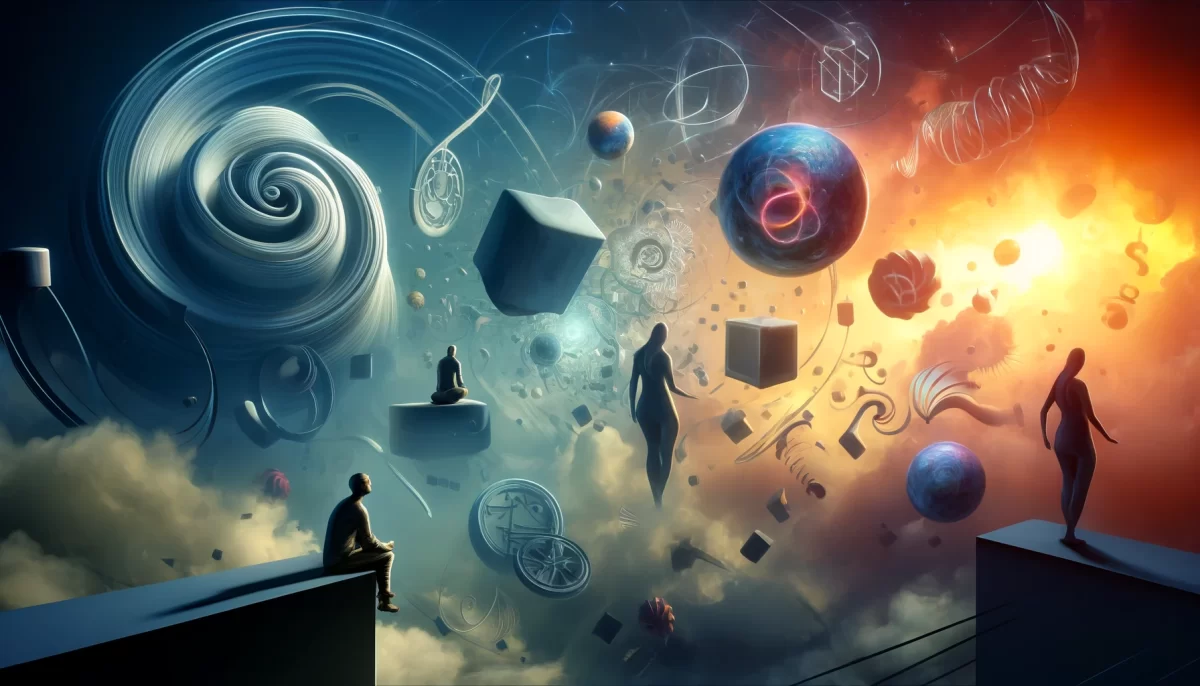
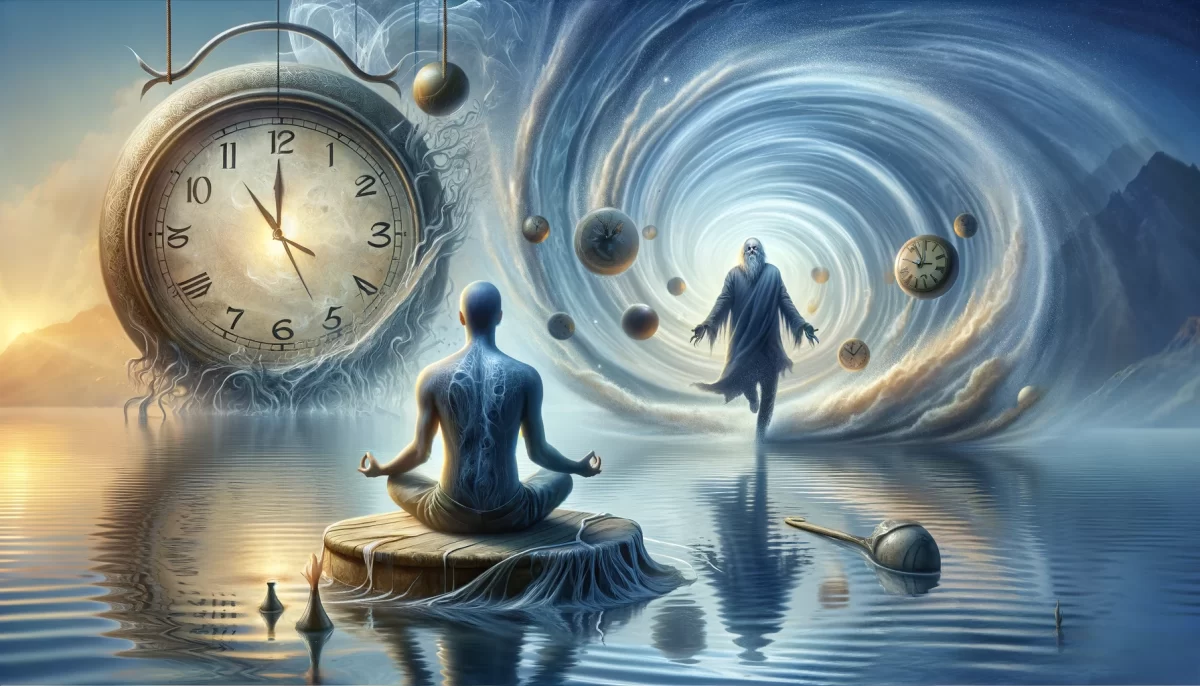
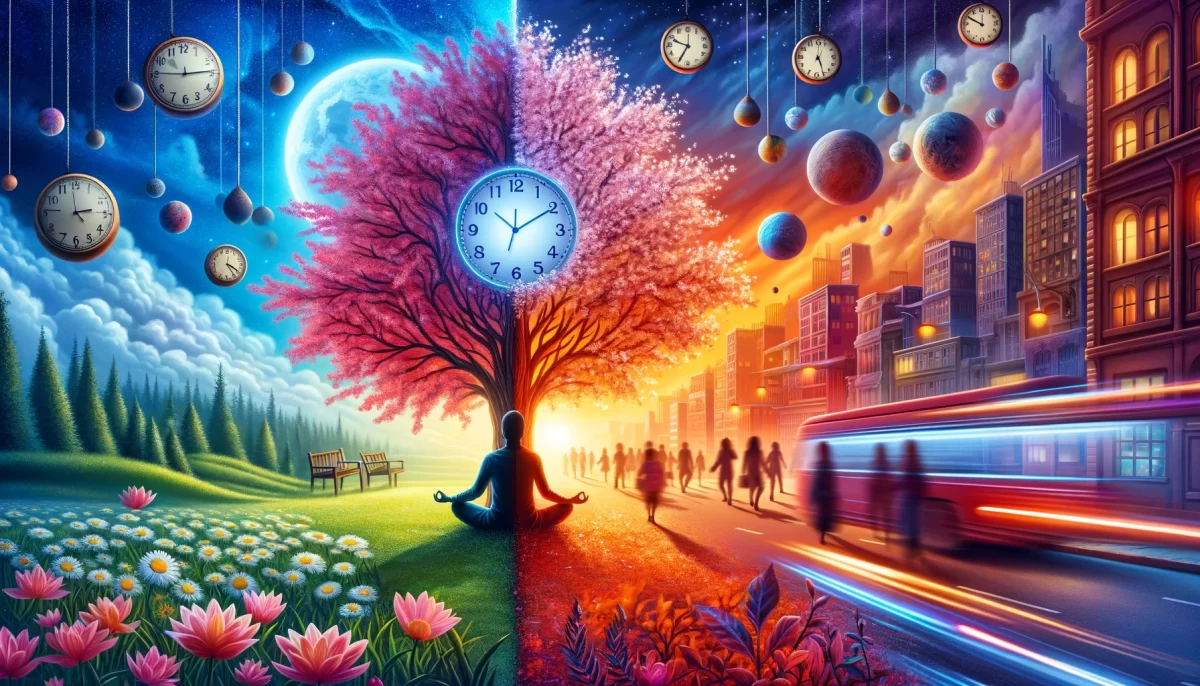
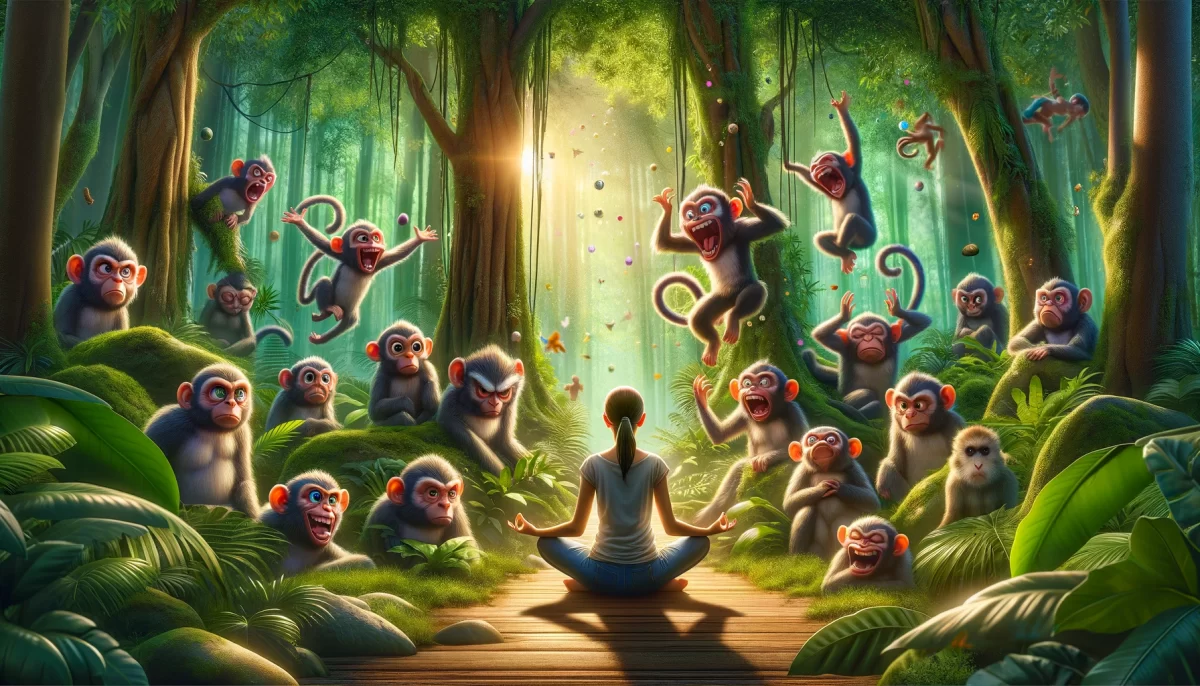


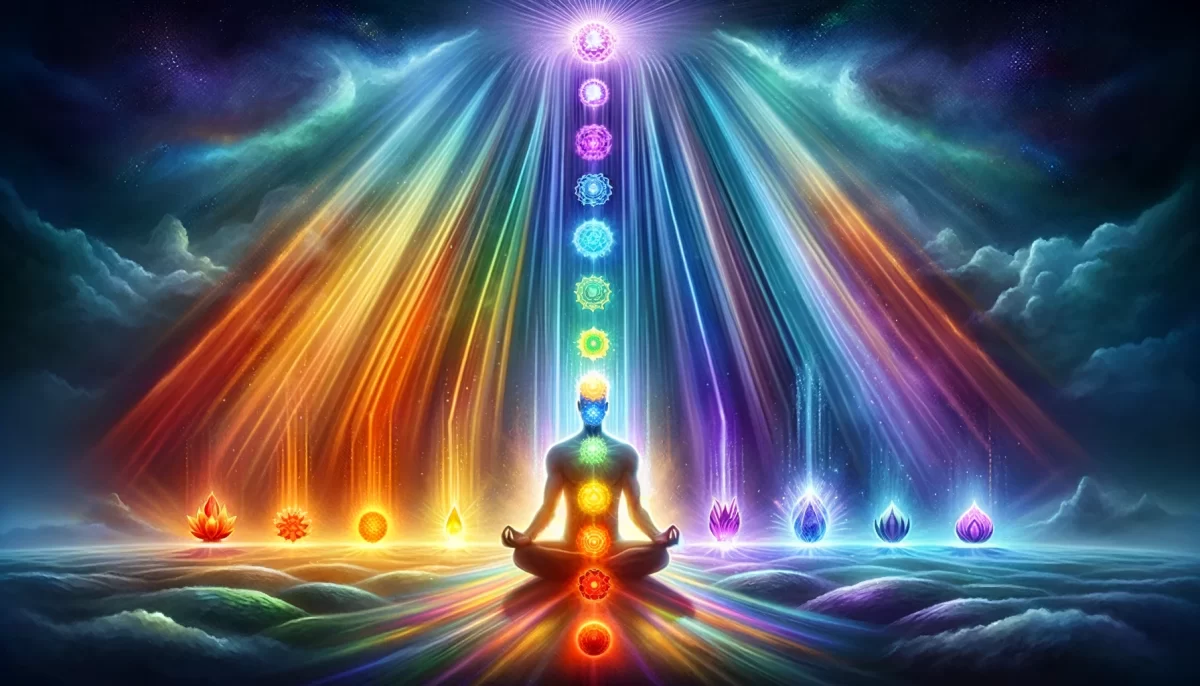
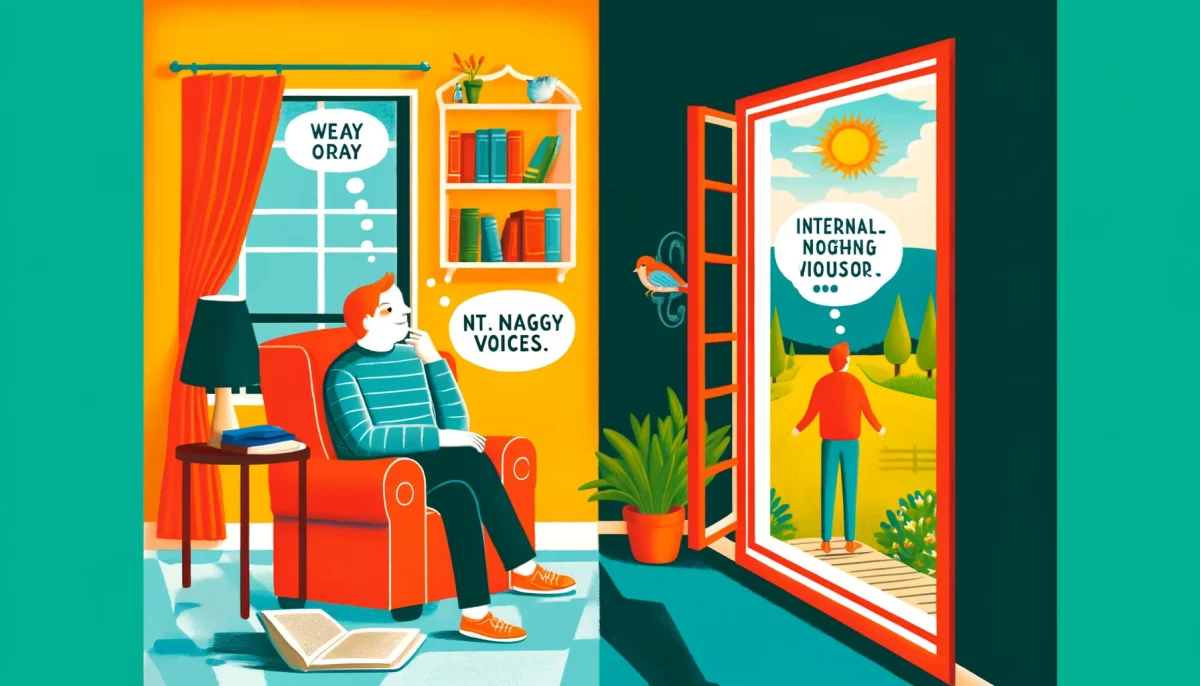
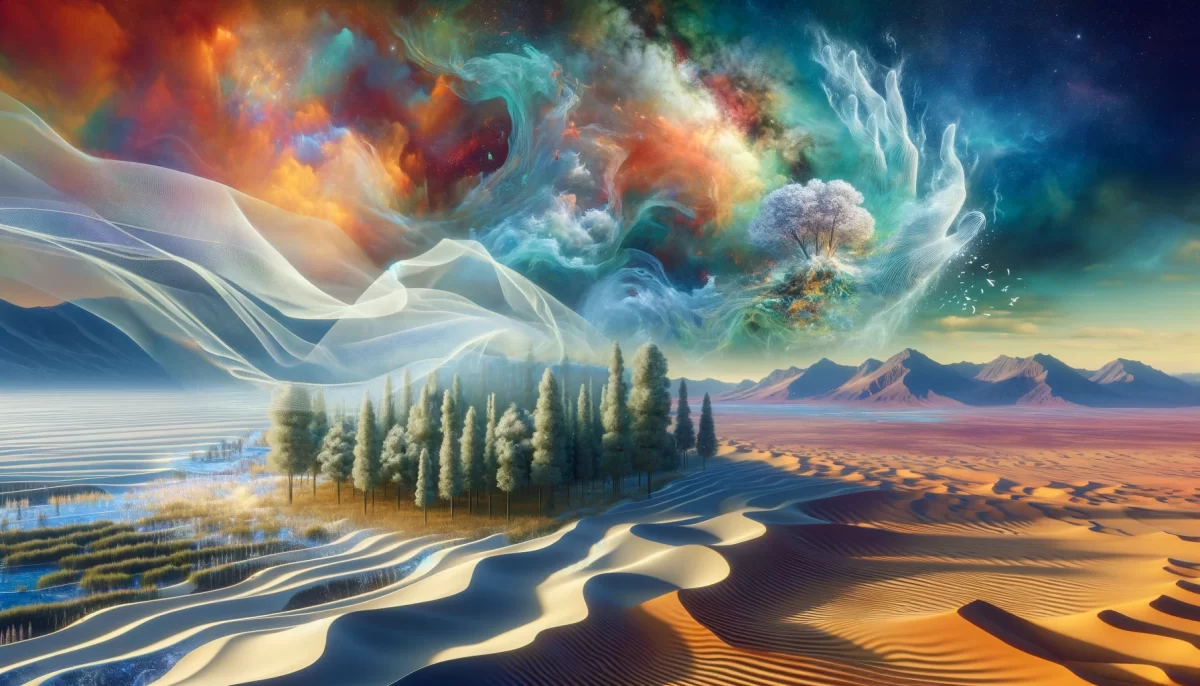
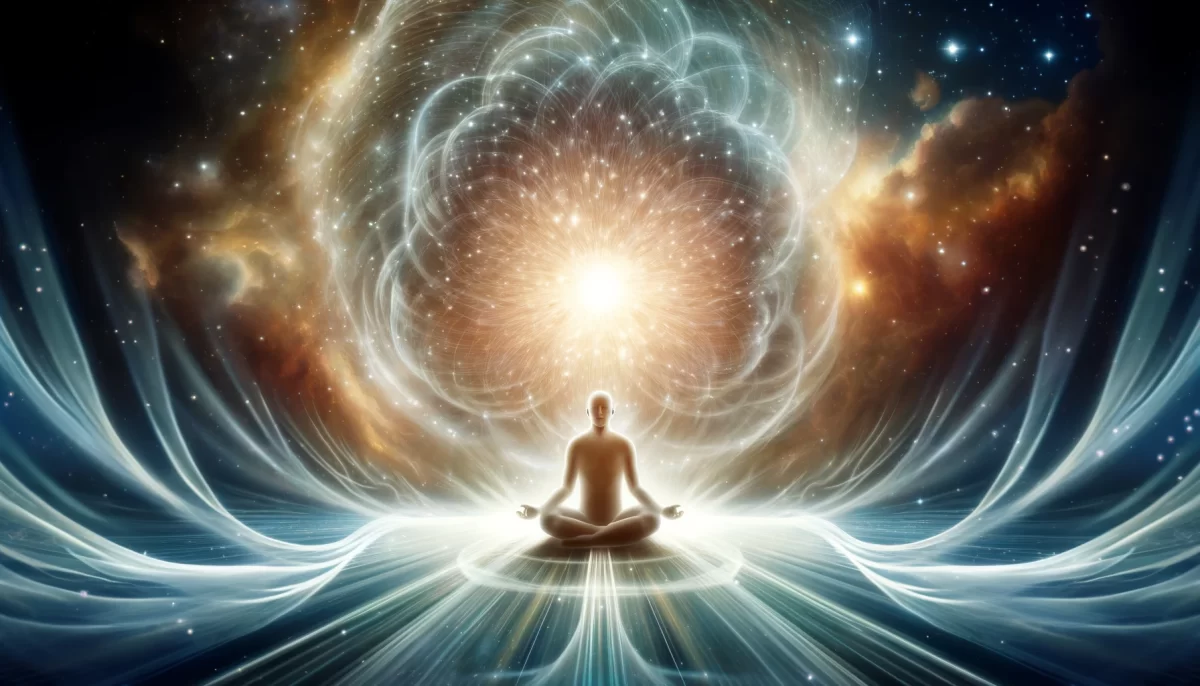

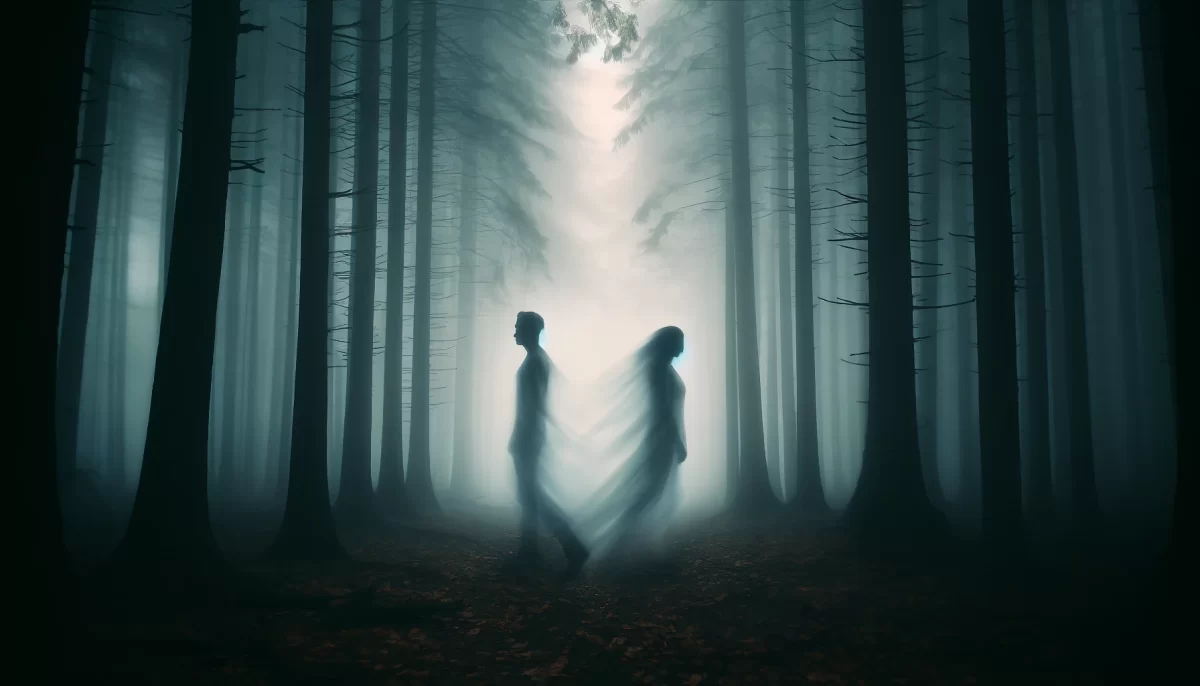
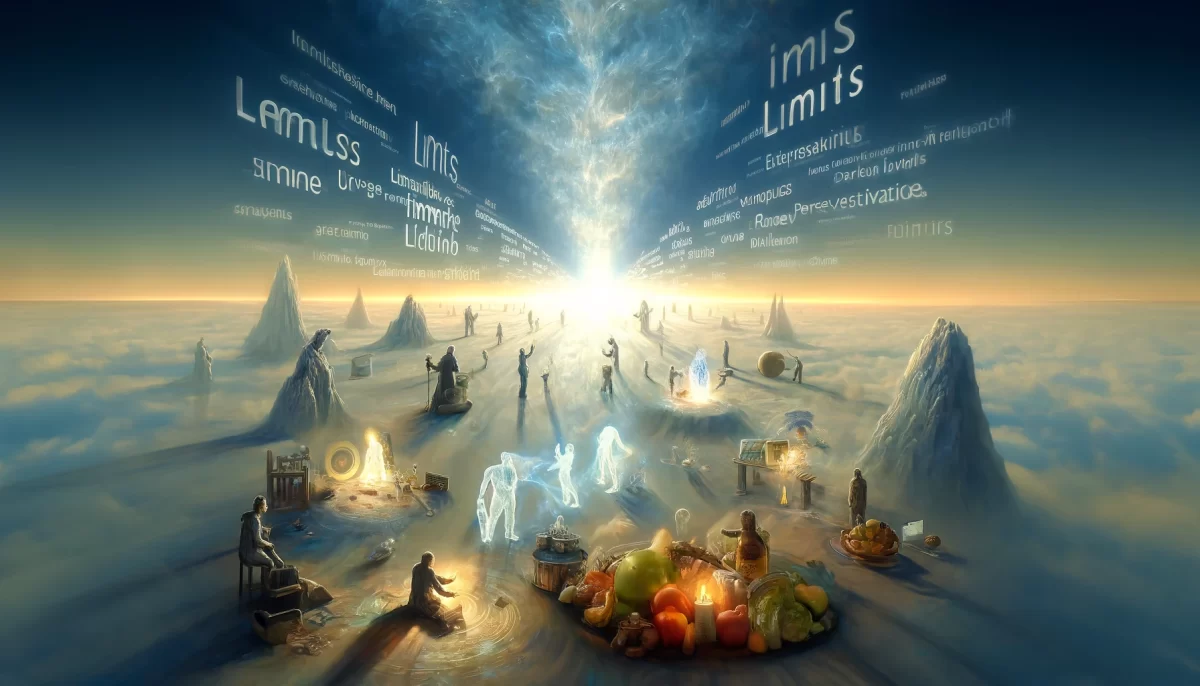
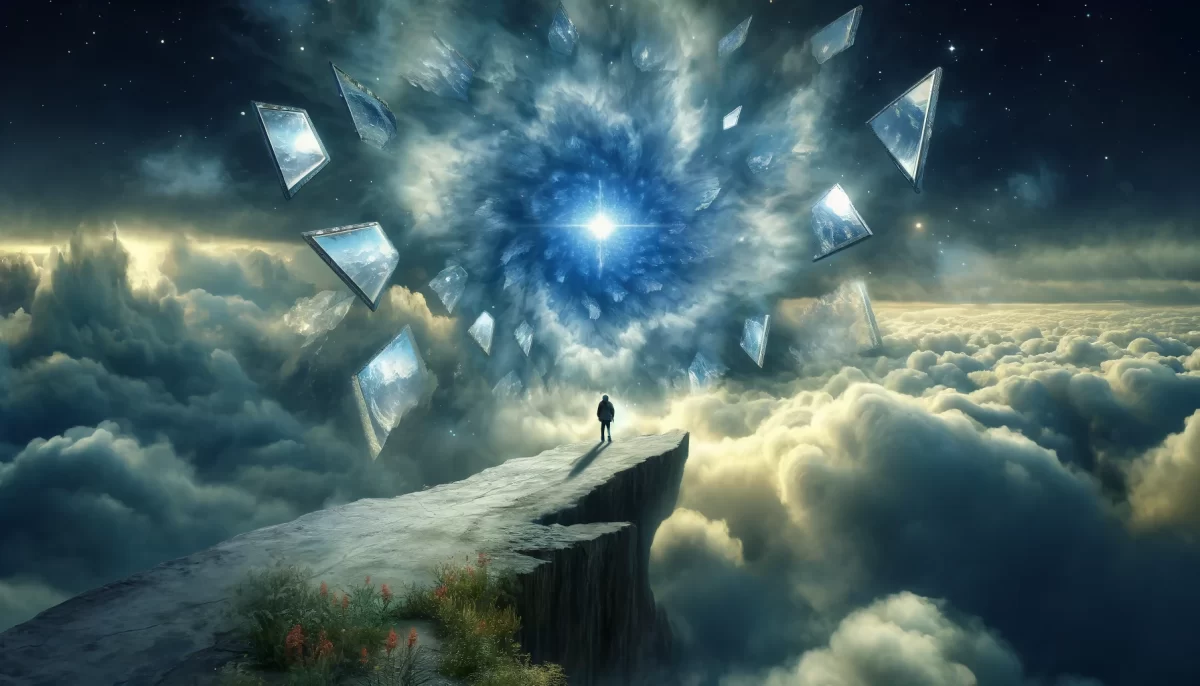
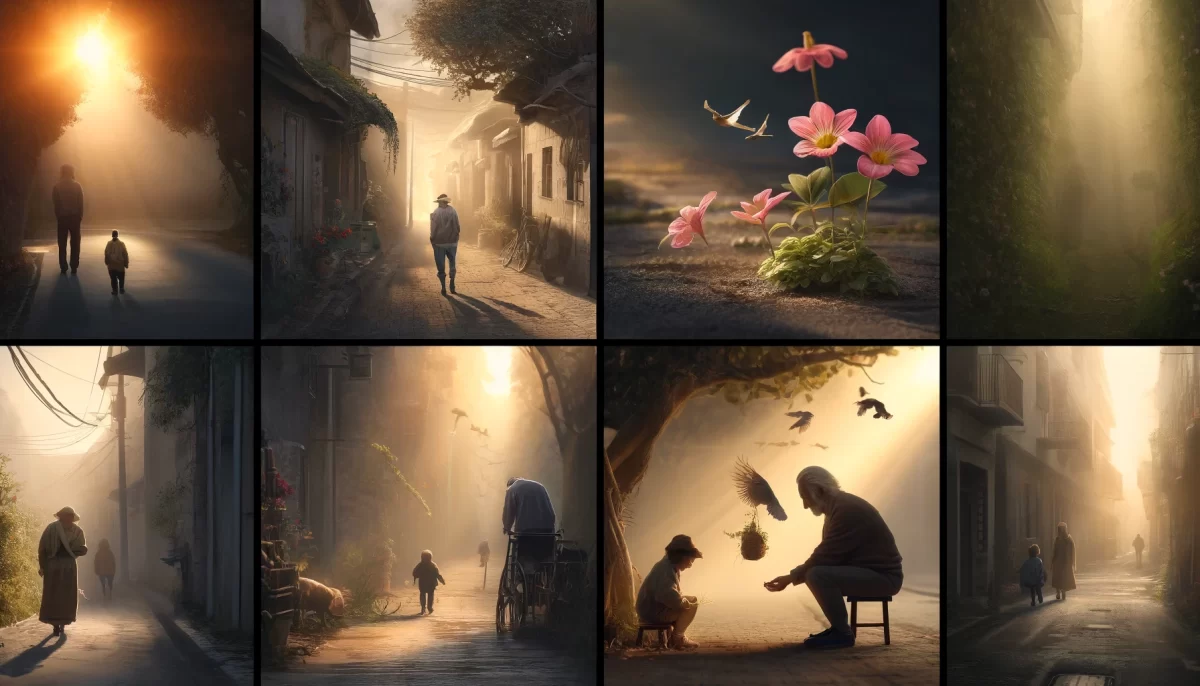
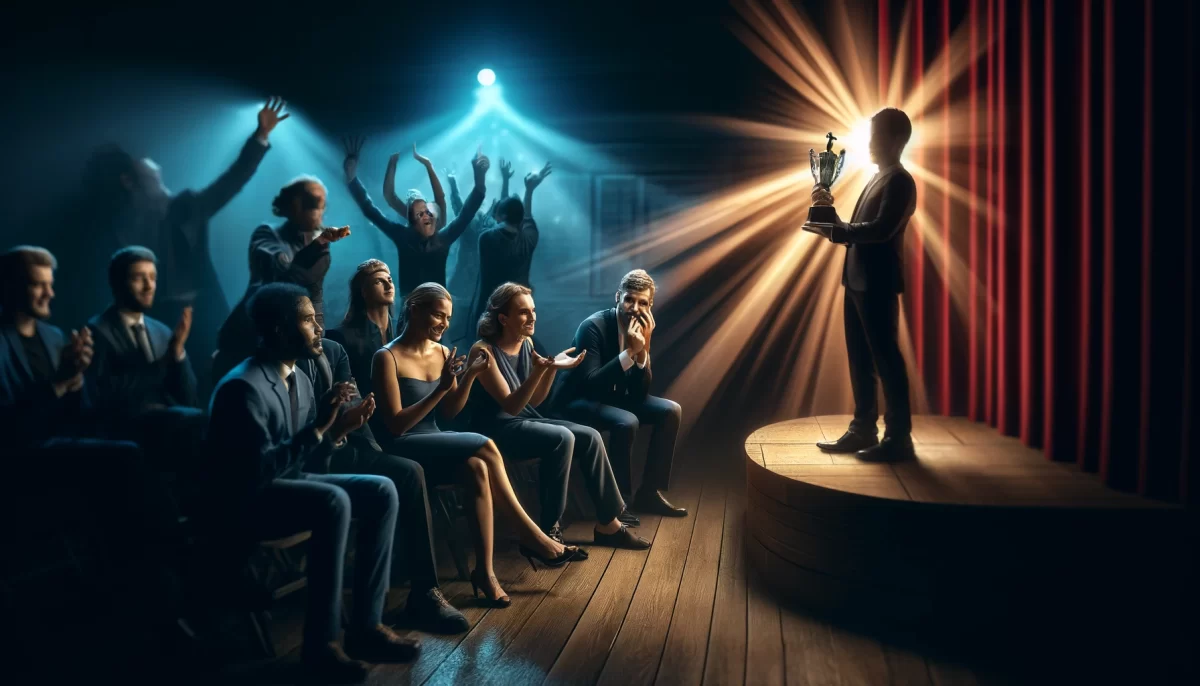




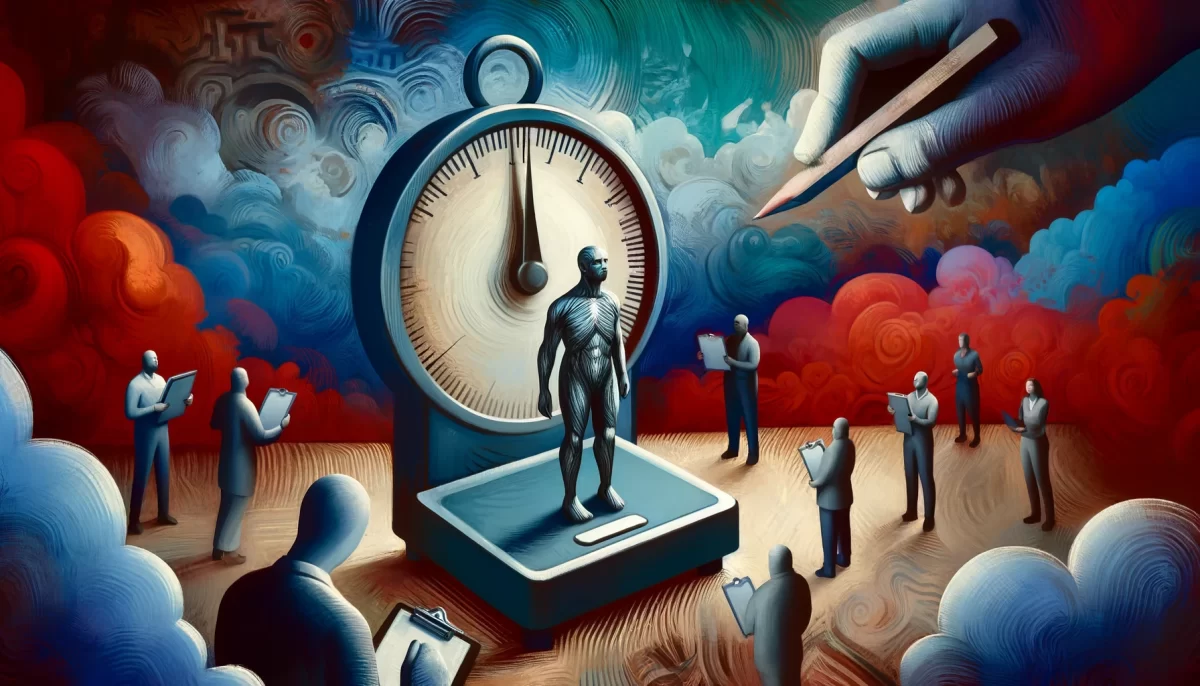
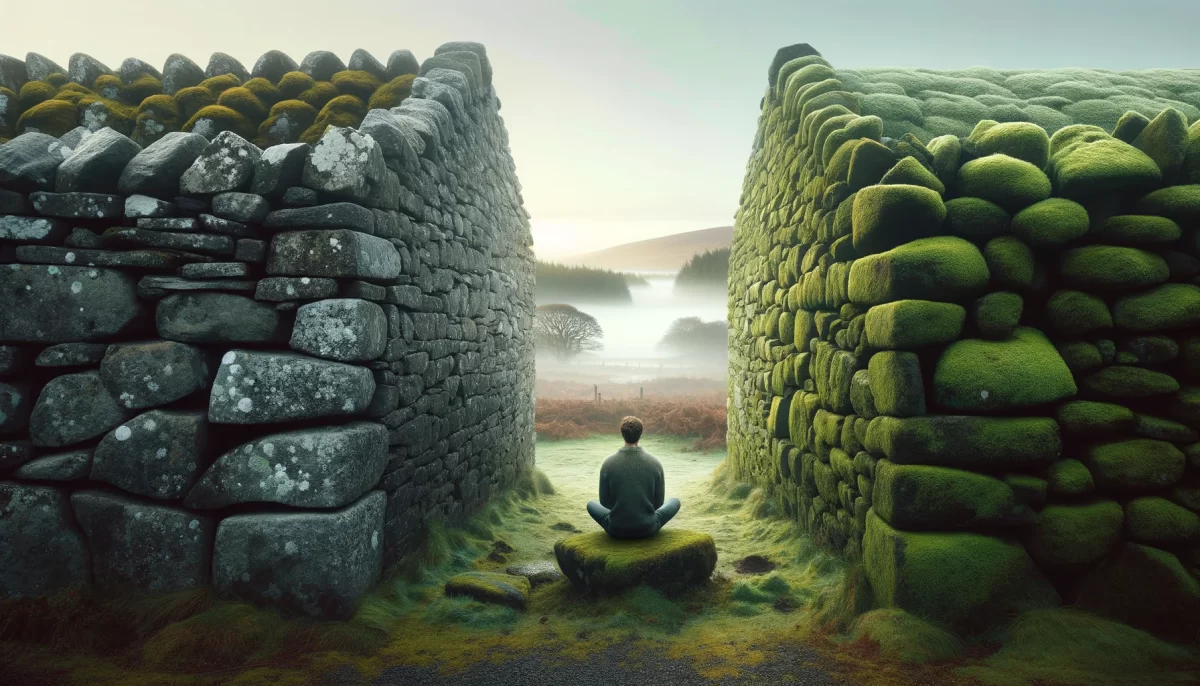




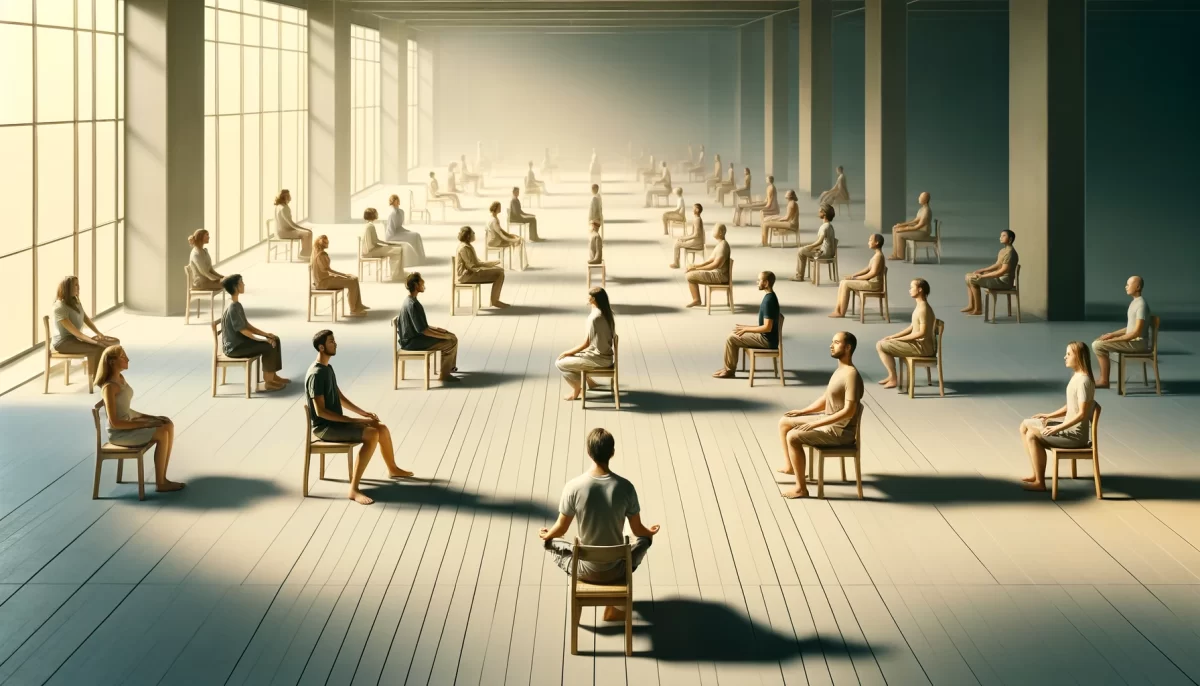
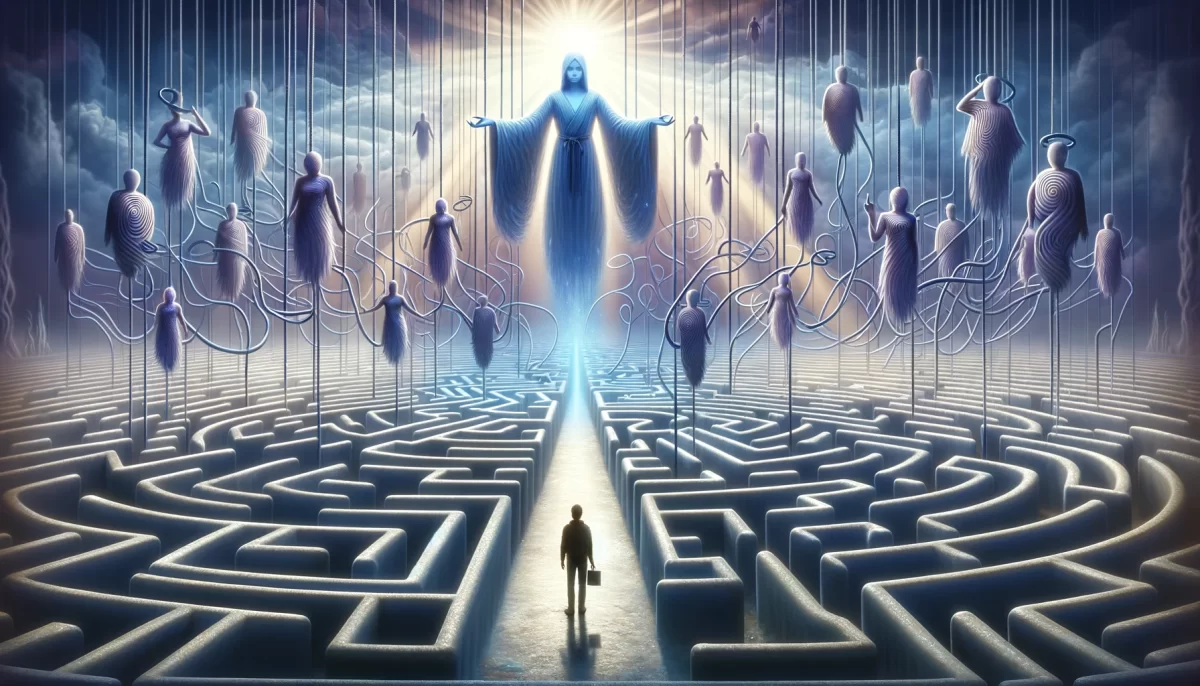
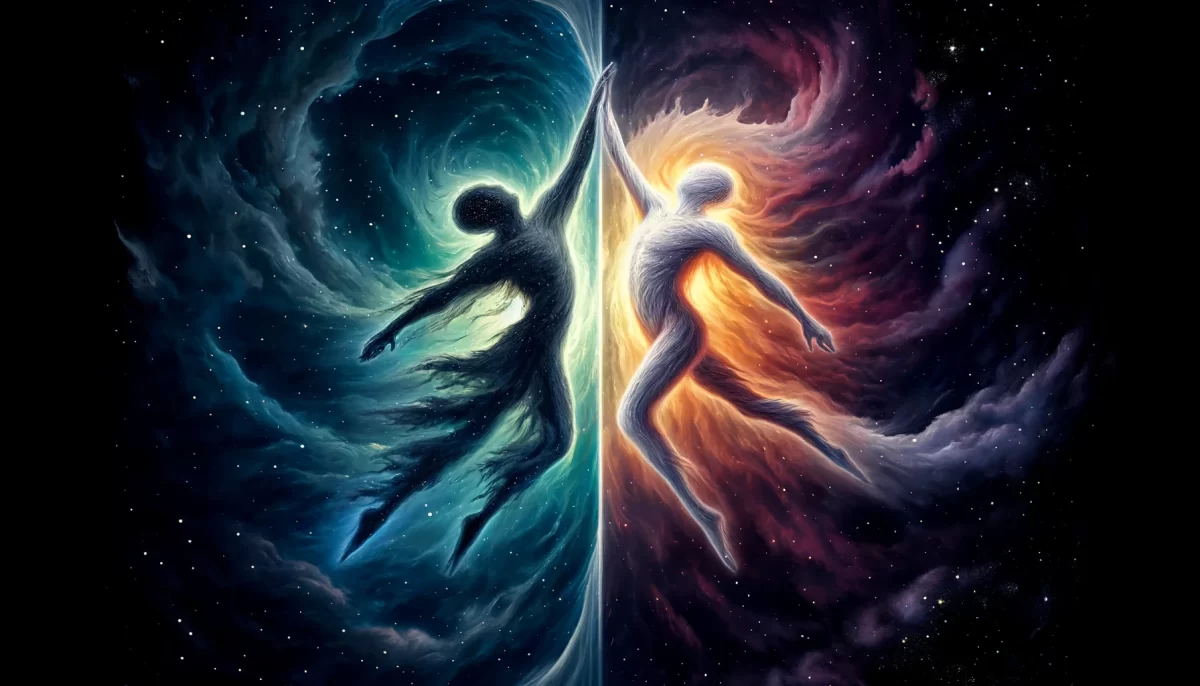

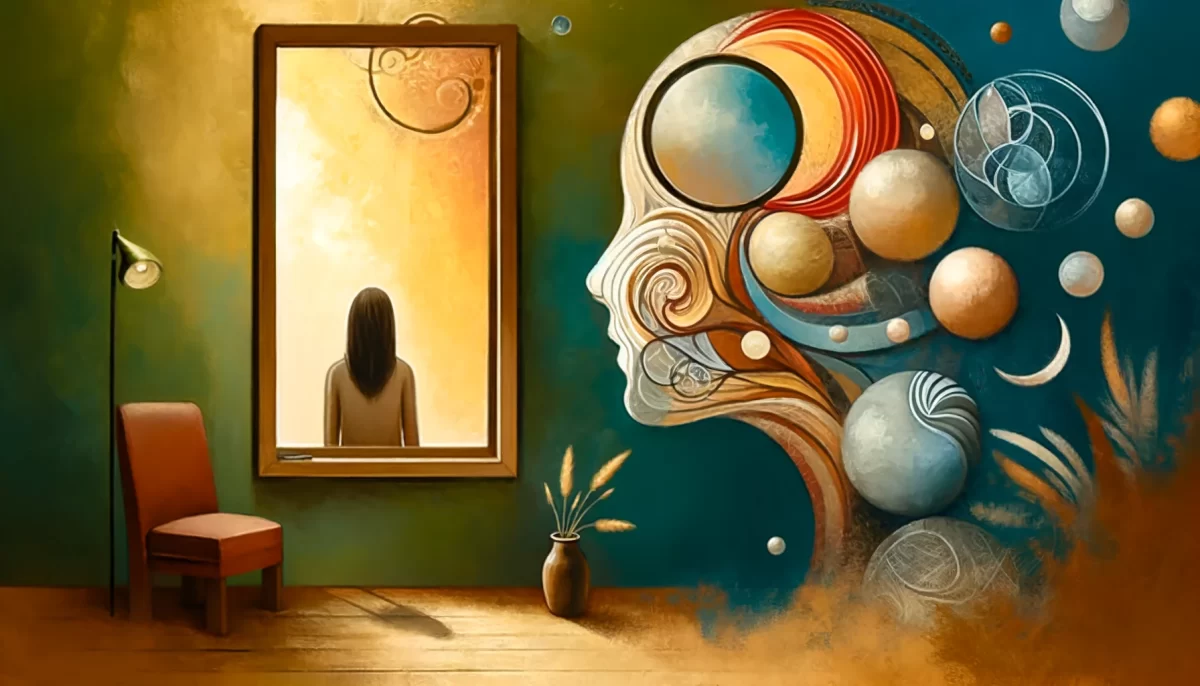


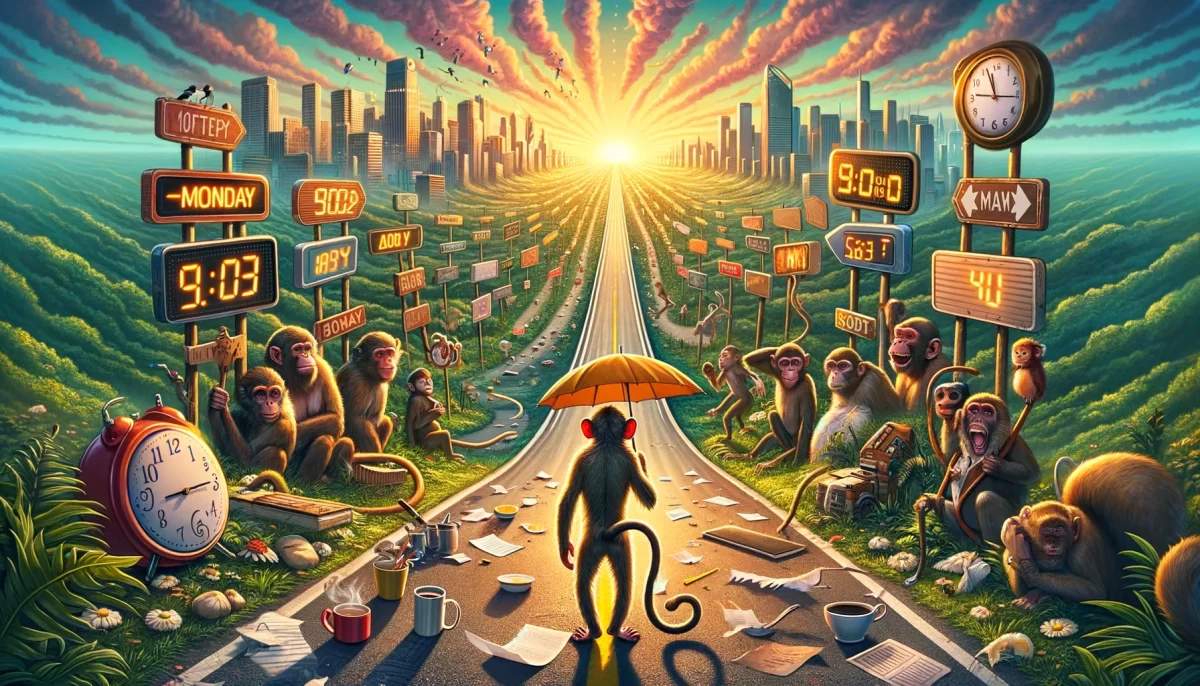
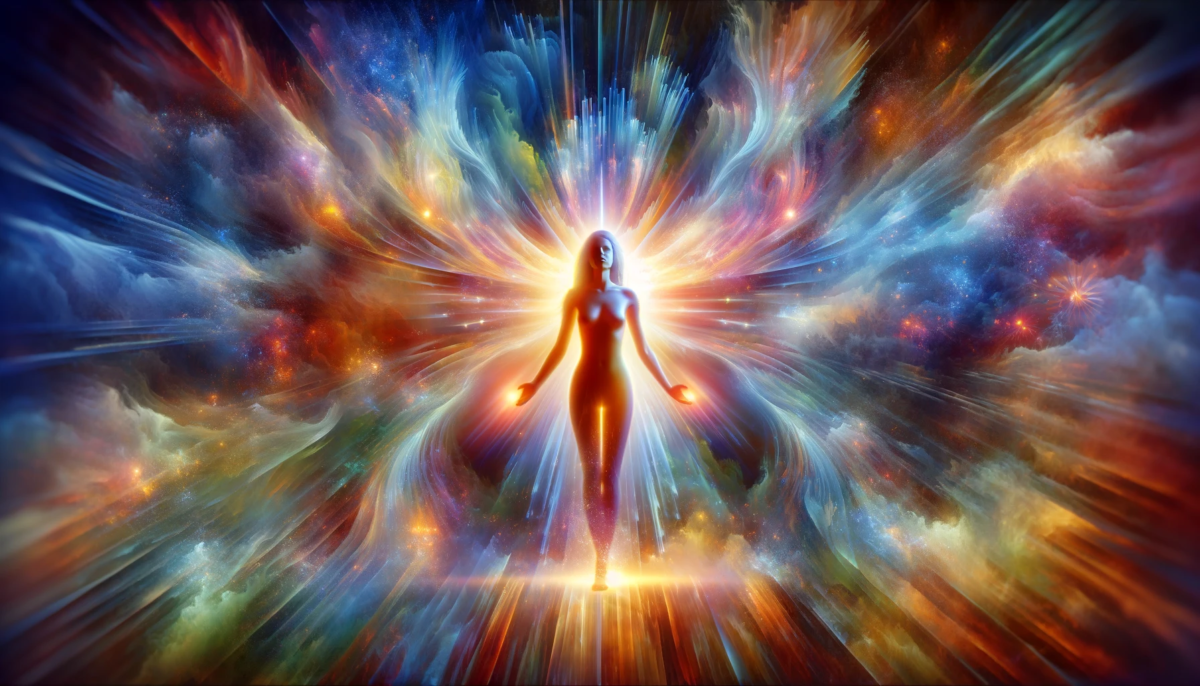
In the realm of art, the value lies not only in the physical materials used but also in the expression and perception of the artwork. The canvas and the pigments are both essential components of the artistic process, and their value is interconnected.
The canvas provides the foundation, the space where the artist’s vision and creativity can manifest. It is the surface upon which the artist can express their ideas, emotions, and perspectives. Without the canvas, the artwork would lack a tangible form to exist upon.
Similarly, the pigments—the colors and materials used—are the tools through which the artist brings their vision to life. Each pigment carries its own unique properties, tones, and textures, contributing to the overall aesthetic and impact of the artwork.
However, the true value of art extends beyond the physicality of its materials. It resides in the intangible realm of perception and interpretation. Art has the power to evoke emotions, provoke thoughts, challenge beliefs, and inspire contemplation. It is in this realm of the mind, heart, and spirit that the true value of art is experienced.
We may be enamored with the physical arrangements of things because they serve as a bridge, a doorway through which we access the deeper realms of perception. The physicality of art allows us to engage with it on a sensory level, to witness the skill and craftsmanship involved, and to be captivated by its visual presence.
Yet, it is the connection between the artwork and the viewer, the interplay between the artist’s intention and the observer’s interpretation, that truly brings art to life. It is the intangible essence, the emotional resonance, and the intellectual engagement that make art a profound and transformative experience.
So, while the canvas and pigments are integral to the creation of art, their value ultimately lies in their ability to facilitate the expression and perception of something beyond their physicality. Art is a means of communication that transcends the material realm, touching the part of us that seeks meaning, beauty, and connection.
May your appreciation for art continue to deepen, and may you find inspiration and wonder in the rich tapestry of human creativity.
Monkey blessings to you on this artistic journey!